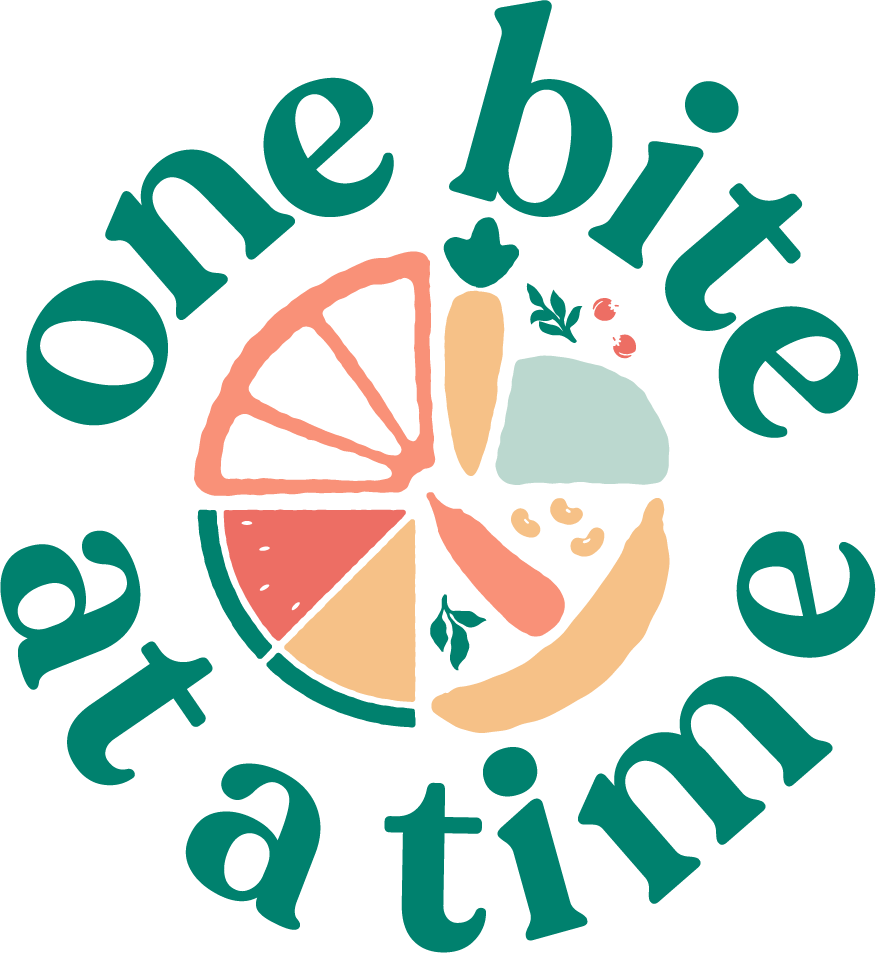Autonomy and its role in changing your child’s eating habits. Let’s break it down.
The number one question parents ask me during workshops is, “When do we stop exposing a child to a new food and honour an actual dislike for that food?” the research is clear - the more times you expose your child to a new food, the better. With each exposure (i.e., tasting), the food becomes more familiar, and the more familiar the food, the more preferred it becomes.
Below, we break down this topic to help you decide when to continue with a food, when to put a food on hold and try again later, or when to swap out that food for another food in that same category.
Expanding my child’s diet is hard work! Will it ever get easier?
Yes, it will get easier, but maybe not immediately, especially if the food is more challenging and you’re learning strategies that aren’t automatic to your parenting style.
Teaching your child to incorporate new foods into their diet is a process that takes time. We recommend you devote 20 minutes daily to practicing new/unfamiliar foods with your child. How often you practice foods with your child and how consistent you are with using the strategies will significantly affect the success of this approach.
In the beginning, this might be hard for you and your child as you are now creating a new routine in which your child will be asked to do incredibly challenging things for them. Likewise, you will learn strategies that might feel counterintuitive to your parenting practices.
To support you with these changes, we recommend starting with easy foods (see earlier newsletter) and progressing very slowly to more challenging foods as your child shows success - that is, eating full-sized bites with no issues.
Without a doubt, the effort you put into practicing foods with your child will have long-lasting effects on your child’s eating behaviour and family mealtimes. With time, introducing new foods will become easier as the strategies become automatic and part of your everyday parenting.
As well! While practicing a new food, the goal is to taste that food, not eat a portion. In other words, the focus is on long-term tastes rather than short-term quantity.
So practice, practice, practice!
What if I’ve practiced a food and it’s still too difficult for my child? In other words, when do I honour my child’s dislike for a new food?
This is an excellent question and one we often encounter in our practice. As mentioned, food preferences develop through repeated practice of consuming small bites of food. The more you practice tasting a new food, the more familiar it becomes, and the more familiar a food, the more it will become preferred.
The research with typical eaters recommends 15-20 exposures; however, in our experience, those who are highly selective in their eating may require as many as 60 exposures before liking might occur.
Although more research is needed on the number of exposures, the bottom line is the more your child practices tasting a food; the easier it will become.
Sometimes, however, getting your child to taste a particular food can be a challenging experience for you. Each time you sit down for a tasting session, your child complains, tells you how much they dislike the food and wants only to eat a few tiny bites. If this happens for more than one tasting session, it’s natural for you to wonder if this is an appropriate food and whether you should continue to offer it.
“What if my child doesn’t like this food?”
Our response would be yes; your child doesn’t like the food. Only because it’s still new, and they haven’t practiced tasting it enough times.
If you’re genuinely finding it difficult to continue with tastings of this food. Instead of removing it from your child’s diet, we recommend putting the food on hold and trying again after introducing ten other new foods. Research and our clinical experience have shown that the threshold to liking decreases with each new food introduced. If the first food took 60 presentations to become preferred, the tenth food
will take 30 presentations, and the twentieth food will likely take five presentations.
Why are foods offered later in therapy become preferred so much quicker? With each new food added to your child’s diet, their confidence will grow, any fear or anxiety they are experiencing will decrease, and noticeable differences among foods will become less salient.
In our clinical work, putting a food on hold and reintroducing it later in therapy has been incredibly effective in keeping a child successful and tasting new foods.
Every child and family are different, and if, after reintroducing the food, your child is still struggling, we recommend stopping the food and replacing it with another food from the same category of food.
For example, try blueberries or strawberries if your child finds raspberries challenging to consume. Treatment is on track to succeed if your child continues learning about the same food category.





